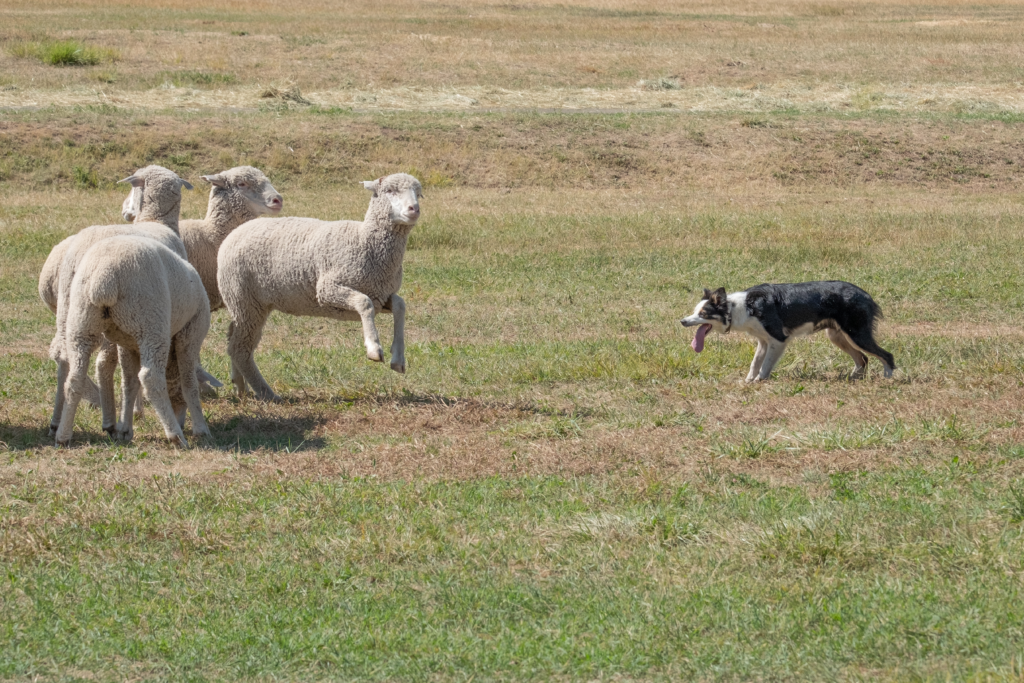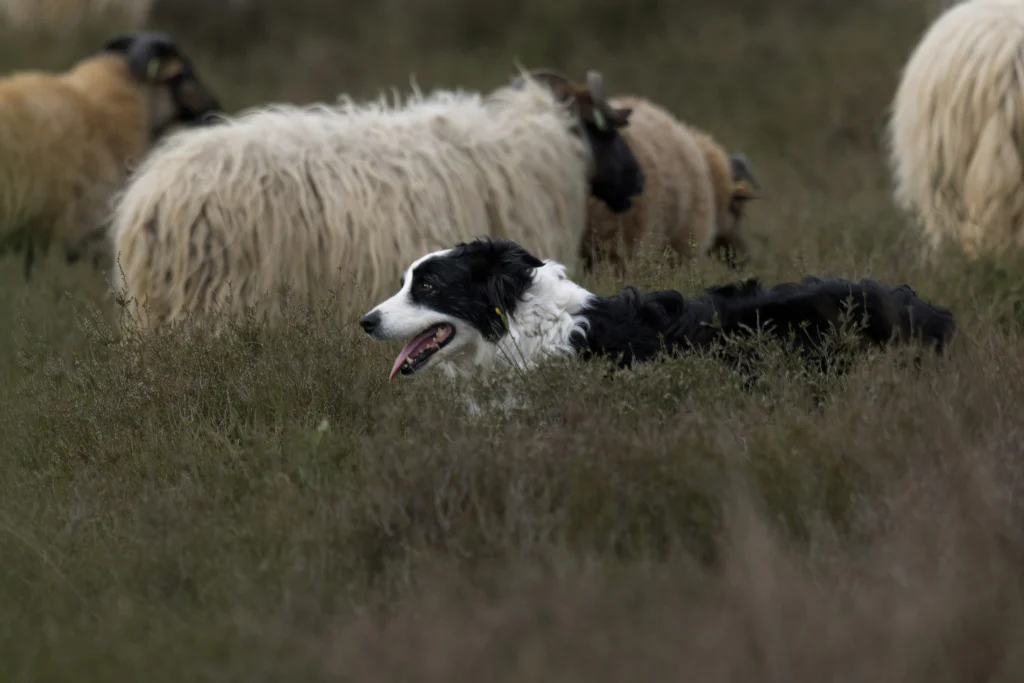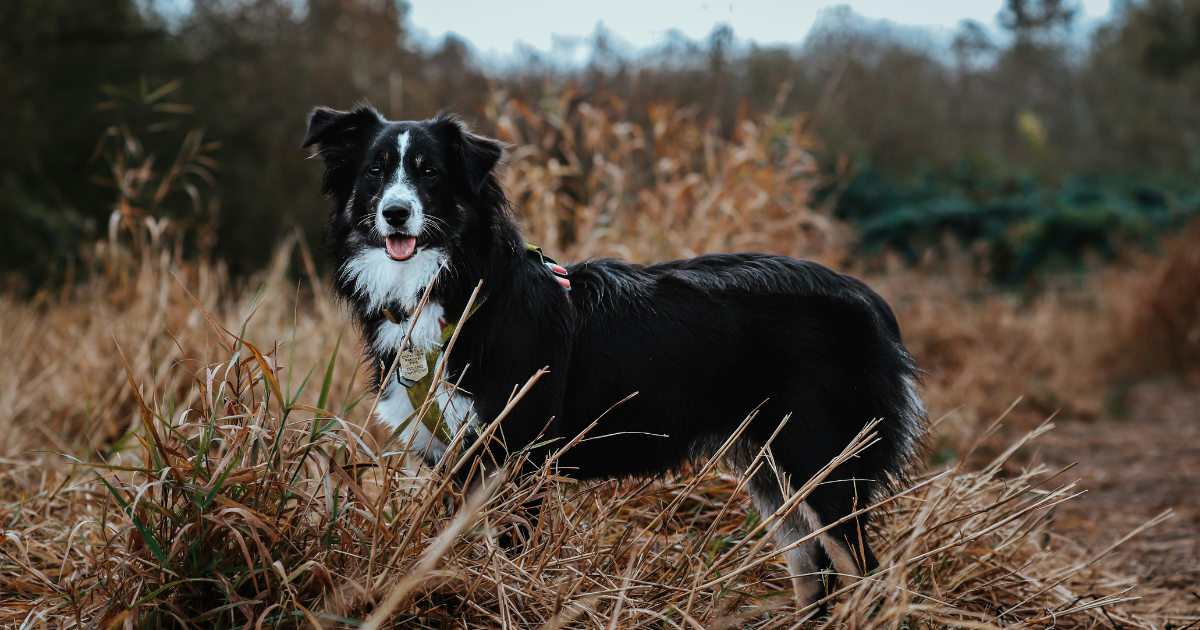How to Choose a Herding Dog Breed in 5 clear step
Table of Contents
Introduction : how to choose a herding dog breed for your lifestyle
Picture this: a magnificent Border Collie gracefully guiding sheep across rolling hills, their intense gaze locked on their flock with laser-like focus. Or perhaps an Australian Shepherd bounding through an agility course, their flowing coat catching the sunlight as they navigate each obstacle with athletic precision. It’s no wonder you’re captivated by herding dogs—their intelligence, unwavering loyalty, and stunning appearance make them absolutely mesmerizing.
But here’s the reality check you need to hear: herding dogs are not your typical family pets. These are highly intelligent, high-energy working dogs bred for centuries to think independently and solve complex problems. They don’t just want a job—they need one. Without proper mental and physical stimulation, even the most well-meaning herding dog can become your home’s biggest challenge.
This comprehensive guide will provide you with a simple, honest framework to assess your lifestyle and determine if you’re ready for the commitment of a herding breed. More importantly, it will help you identify which specific breed might be your perfect match—or whether another type of dog would better suit your family.
The Big Question: Is a Herding Dog Really for You?
Understanding the Herding Instinct
Before diving into how to choose a herding dog breed, you must understand what “herding instinct” actually means in a family home. That beautiful drive you admire in working situations translates to some very specific behaviors indoors:
- Nipping at heels: Your dog may gently (or not so gently) nip at children’s heels or ankles to “move” them
- Circling and controlling movement: They might position themselves to control foot traffic in your home
- “Managing” the household: Your herding dog will likely assign themselves the role of family supervisor
- Intense need for mental challenges: Without puzzle toys, training, or “work,” they can become destructive
These aren’t behavioral problems—they’re bred-in traits that need proper channeling.

A Quick Pros and Cons Checklist
| Pros | Cons |
|---|---|
| ✓ Incredible intelligence and problem-solving ability | ✗ Extreme daily energy requirements |
| ✓ Deep, unwavering loyalty to their family | ✗ Can become destructive when bored |
| ✓ Highly trainable and eager to learn | ✗ Require extensive training and socialization |
| ✓ Perfect partners for active lifestyles | ✗ Significant grooming demands for many breeds |
| ✓ Excel in dog sports and activities | ✗ Natural tendency to “herd” family members |
The 5-Step Framework to Find Your Perfect Breed
Step 1: Honestly Assess Your Energy & Activity Level
This is the most crucial step in determining which herding dog breed suits you. Be brutally honest:
- Daily marathoner: You run, hike, or engage in vigorous activity for 2+ hours daily
- Weekend warrior: You’re moderately active during the week but very active on weekends
- Backyard enthusiast: You prefer gentler activities like walks and backyard games
Best herding dogs for beginners typically fall into the “weekend warrior” category, while high-energy breeds need “daily marathoner” families.
Step 2: Evaluate Your Home Environment
Your living situation dramatically impacts breed selection:
- Space requirements: While not all herding dogs need massive yards, most require secure, fenced areas
- Climate considerations: Double-coated breeds like Collies struggle in hot, humid climates
- Urban vs. rural: Some breeds adapt better to city living than others
Herding breeds for small farms often have different space needs than suburban family dogs.
Step 3: Consider Your Family and Social Life
Who’s in your “pack” matters enormously:
- Small children: Some herding breeds are naturally gentle, others require careful supervision
- Other pets: Multi-pet households need careful breed selection
- Visitors and social situations: Some herding dogs are naturally suspicious of strangers
- Elderly family members: Consider a breed’s size and energy around vulnerable family members
Step 4: Be Realistic About Your Time and Budget
Herding dogs come with non-negotiable commitments:
- Daily training: Minimum 30-60 minutes of structured mental exercise
- Professional grooming: Many breeds require grooming every 6-8 weeks
- Health costs: Herding breeds can be prone to hip dysplasia, eye issues, and other genetic conditions
- Quality food and supplements: High-energy dogs need premium nutrition
Step 5: Define the Dog’s “Job”
What role will your herding dog play?
- Family companion: Needs activities but primarily a pet
- Dog sports partner: For agility, obedience, or herding trials
- Working livestock dog: Actually herding sheep, cattle, or other animals
- Protection/guardian role: Some herding breeds excel as family guardians
Meet the Breeds: Popular Herding Dogs at a Glance
The High-Octane Athletes (For the Most Active Homes)
Border Collie: The Workaholic Genius
- Energy Level: Extreme
- Grooming Needs: Medium
- Best For: Experienced dog owners with active lifestyles and dog sport interests
Australian Cattle Dog: The Tough and Tenacious Partner
- Energy Level: Very High
- Grooming Needs: Low
- Best For: Single-dog households with highly active owners
Belgian Malinois: The Elite Protector and Sport Dog
- Energy Level: Extreme
- Grooming Needs: Medium
- Best For: Experienced handlers interested in protection sports or working roles
The Versatile Family Companions (Still Energetic, More Adaptable)
Australian Shepherd: The Smart, Playful, and People-Oriented Classic
- Energy Level: High
- Grooming Needs: High
- Best For: Active families with older children who want a devoted companion
German Shepherd: The Loyal and Noble Protector
- Energy Level: Medium-High
- Grooming Needs: Medium-High
- Best For: Families wanting a protective, trainable companion
Collie (Rough & Smooth): The Elegant and Devoted Family Member
- Energy Level: Medium
- Grooming Needs: High (Rough), Medium (Smooth)
- Best For: Families with children seeking a gentle, intelligent companion

The Smaller but Mighty Herders (Big Personalities in a Smaller Package)
Pembroke Welsh Corgi: The Bossy, Outgoing, and Surprisingly Athletic Loaf
- Energy Level: Medium-High
- Grooming Needs: Medium
- Best For: Families wanting herding intelligence in a smaller, apartment-friendly package
Shetland Sheepdog (“Sheltie”): The Sensitive, Vocal, and Brilliant Mini-Collie
- Energy Level: Medium
- Grooming Needs: High
- Best For: Families who appreciate intelligence and beauty but prefer a smaller dog
The Comparison Chart
| Breed | Energy Level | Grooming Needs | Size | Good with Kids |
|---|---|---|---|---|
| Border Collie | Very High | Medium | Medium | With Supervision |
| Australian Cattle Dog | Very High | Low | Medium | With Supervision |
| Belgian Malinois | Extreme | Medium | Medium-Large | With Training |
| Australian Shepherd | High | High | Medium-Large | Yes |
| German Shepherd | Medium-High | Medium-High | Large | Yes |
| Rough Collie | Medium | High | Large | Excellent |
| Smooth Collie | Medium | Medium | Large | Excellent |
| Pembroke Welsh Corgi | Medium-High | Medium | Small-Medium | Yes |
| Shetland Sheepdog | Medium | High | Small-Medium | Yes |
Making a Confident Choice
Choosing a herding dog isn’t just selecting a pet—it’s making a lifestyle commitment. The best choice comes from honest self-evaluation about your energy level, living situation, and long-term dedication to training and exercise.
Actionable Next Steps
Ready to move forward? Here’s your action plan:
- Connect with breed experts: Contact responsible breeders and breed-specific rescue organizations
- Meet adult dogs: Puppy cuteness can be deceiving—spend time with adult dogs of your preferred breeds
- Prepare your environment: Invest in puzzle toys, training equipment, and secure fencing
- Consider fostering: Many herding dog rescues need foster families—it’s a great way to “try before you commit”
Remember, the right herding dog will become your most devoted companion, exercise partner, and family member. But the wrong match can lead to frustration for both you and the dog.
Based on this guide, which herding dog breed do you think is the best fit for your lifestyle? Share your thoughts in the comments below—I’d love to help you think through your decision!
Looking for more breed-specific guidance? Check out our detailed breed profiles and training resources to help you prepare for life with your chosen herding companion.


